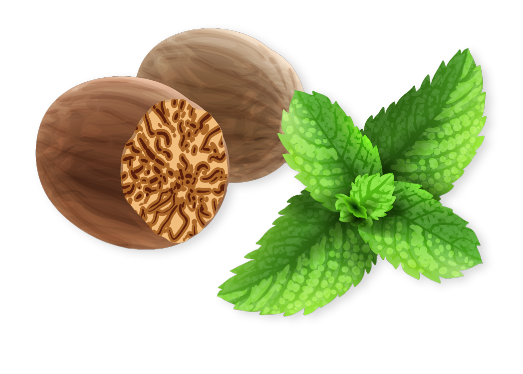Can Yoga Help Manage Fistula? Exploring Gentle Practices for Relief and Recovery
Tuesday, April 22, 2025Fistula-in-ano, a painful condition involving an abnormal tract between the anal canal and skin, often demands medical or Ayurvedic treatment. However, holistic approaches that support the body’s natural healing process are just as important — and yoga can be one of them. While yoga doesn’t cure fistula, it can play a valuable role in managing symptoms, improving bowel health, and supporting post-treatment recovery when practiced mindfully.
How Yoga Helps in Managing Fistula
Fistula is often aggravated by constipation, inflammation, poor digestion, and sedentary lifestyle. Yoga helps address these underlying contributors through:
- Improved digestion: Certain postures stimulate digestive organs, aiding smoother bowel movements
- Stress reduction: Yogic breathing and meditation lower stress, which otherwise delays healing
- Enhanced circulation: Gentle movements encourage blood flow to the pelvic region, supporting tissue repair
- Detoxification: Yoga supports natural elimination, reducing toxin buildup that could impact recovery
Precautions Before Starting Yoga with Fistula
Before beginning yoga, it’s essential to:
- Get medical clearance if the fistula is active or post-surgery
- Avoid poses that put direct pressure on the anal region
- Practice under the guidance of a trained instructor familiar with anorectal conditions
- Stop immediately if you feel pain or strain during any posture
Yoga Poses That May Help Support Fistula Recovery
These gentle asanas and breathing exercises can be supportive in improving bowel movement, reducing strain, and calming the nervous system:
1. Pawanmuktasana (Wind-Relieving Pose)
Helps release gas and improves digestion — a key factor in preventing constipation.
How to do it:
- Lie on your back, bend your knees to your chest
- Hug your knees and lift your head slightly
- Hold for 15–20 seconds, breathing deeply
2. Supta Baddha Konasana (Reclined Bound Angle Pose)
This restful pose relaxes the pelvic area and improves blood flow.
How to do it:
- Lie down on your back, bring soles of feet together and knees apart
- Support knees with cushions
- Stay for 3–5 minutes focusing on deep breathing
3. Vajrasana (Thunderbolt Pose)
Can be done after meals to aid digestion and prevent gas formation.
How to do it:
- Kneel and sit back on your heels
- Keep your spine straight, rest hands on thighs
- Hold for 5–10 minutes
4. Malasana (Garland Pose) – With Caution
Helps stretch and tone the pelvic region, promoting smooth bowel movement.
Note: Avoid this if you have an active or painful fistula. Can be reintroduced post-recovery.
5. Pranayama (Breathing Practices)
Calms the nervous system, reduces stress, and improves gut-brain connection.
- Anulom Vilom: Balances both sides of the body, enhances oxygenation
- Sheetali/Sheetkari: Cooling breath that may reduce internal heat
- Bhramari: Humming breath that helps relieve anxiety and pain perception
Yoga Practices to Avoid During Active Fistula
| Avoid | Reason |
| High-impact poses like headstands or shoulder stands | Increases intra-abdominal pressure |
| Long sitting meditations without cushions | May worsen discomfort around the anal region |
| Intense abdominal twists | Can strain the rectal area and disturb healing |
| Forceful Kapalabhati | Can irritate the pelvic floor and disturb healing |
Integrating Yoga into Your Healing Routine
Yoga is most effective when combined with:
- A high-fibre, easy-to-digest diet to reduce straining
- Hydration to prevent hard stools
- Sitz baths and local care for symptom relief
- Adequate rest and stress reduction throughout the day
In Ayurvedic care, conditions like Bhagandara (fistula) are managed through a combination of internal and external therapies. Yoga complements these approaches by aligning the mind-body connection, regulating Vata dosha (linked to nerve sensitivity and irregular digestion), and supporting post-treatment recovery. At integrative centres like Sanjeevanam, yoga is often recommended alongside Kshara Sutra therapy and herbal care to enhance overall healing.
Yoga can be a valuable ally in managing fistula when practiced gently and mindfully. It doesn’t replace treatment, but it supports digestive health, reduces stress, and promotes better blood flow — all essential for healing and comfort. With the right approach and supervision, yoga becomes more than a physical routine; it becomes part of a sustainable, healing lifestyle.
Always consult with a qualified healthcare provider before starting any yoga practice, especially if you have an active fistula or are recovering from a procedure to ensure the practices are safe and appropriate for your condition.
You can write to us.
BOOK APPOINTMENT



























